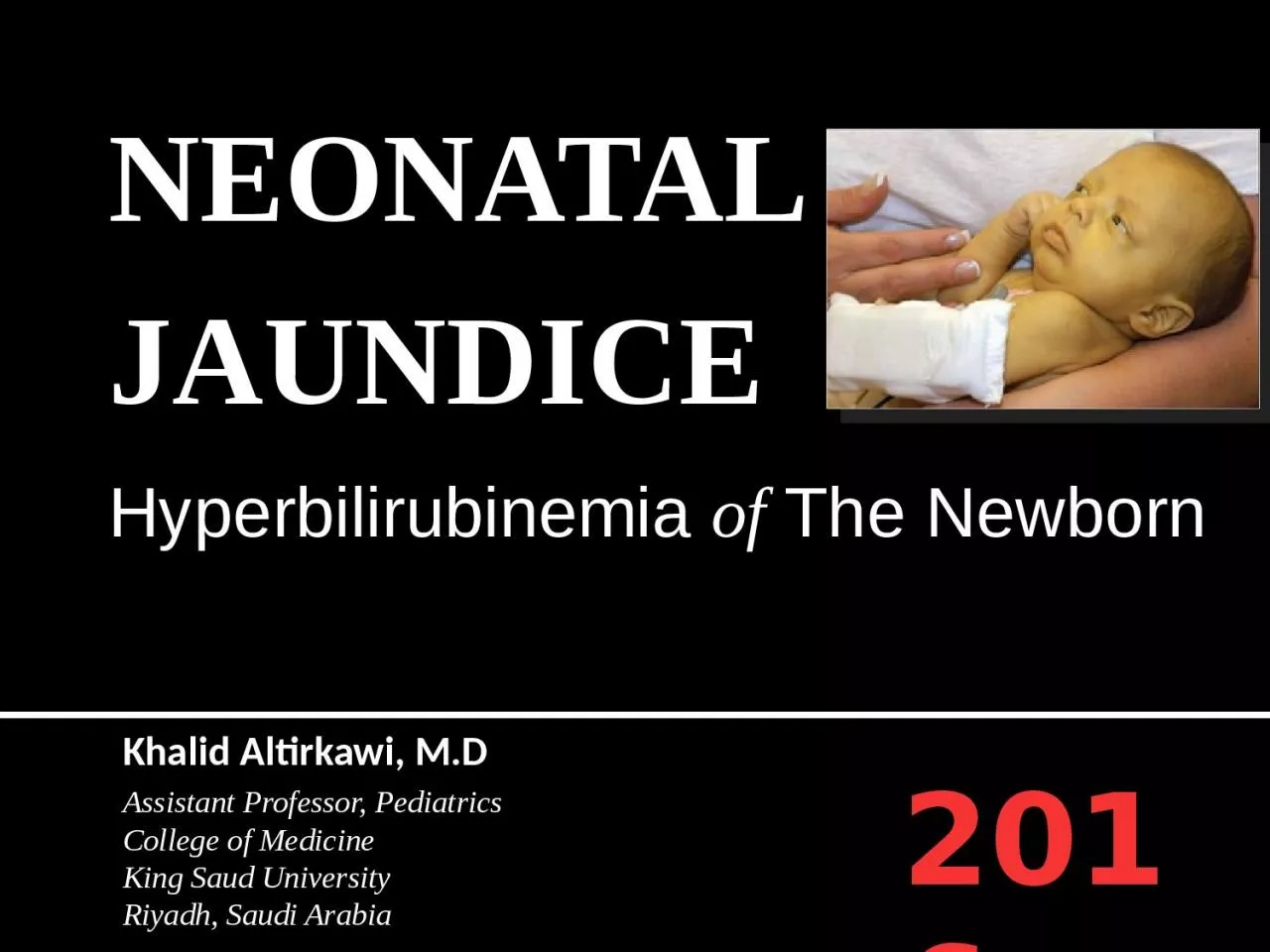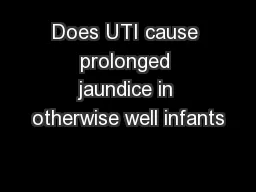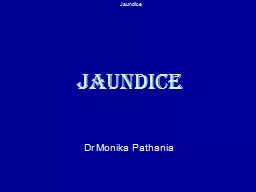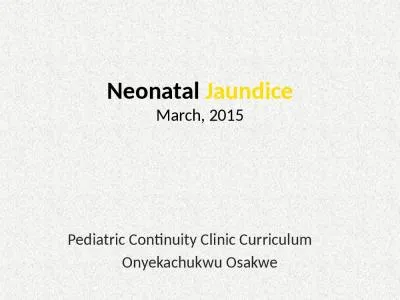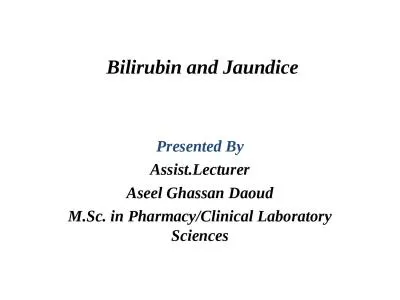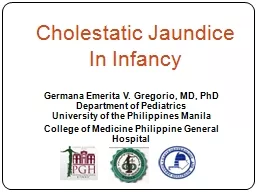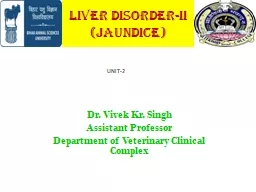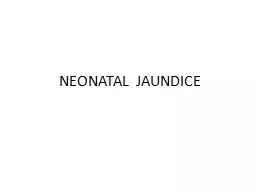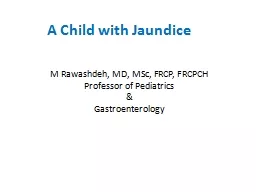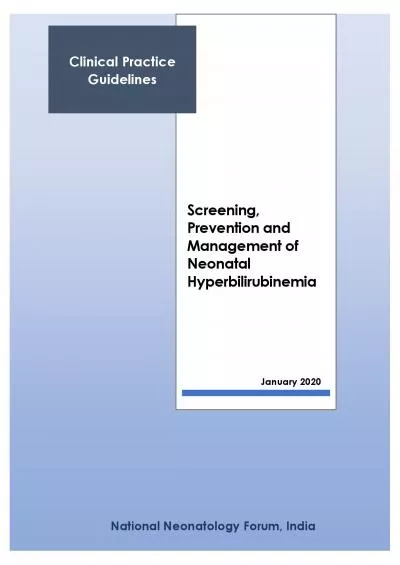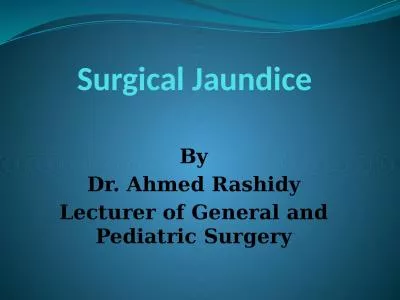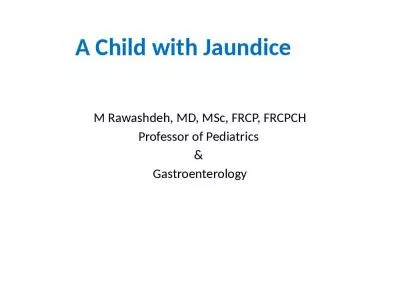PPT-NEONATAL JAUNDICE Hyperbilirubinemia
Author : fanny | Published Date : 2024-02-03
of The Newborn Khalid Altirkawi MD Assistant Professor Pediatrics College of Medicine King Saud University Riyadh Saudi Arabia 2016 Disclaimer This presentation
Presentation Embed Code
Download Presentation
Download Presentation The PPT/PDF document "NEONATAL JAUNDICE Hyperbilirubinemia" is the property of its rightful owner. Permission is granted to download and print the materials on this website for personal, non-commercial use only, and to display it on your personal computer provided you do not modify the materials and that you retain all copyright notices contained in the materials. By downloading content from our website, you accept the terms of this agreement.
NEONATAL JAUNDICE Hyperbilirubinemia: Transcript
Download Rules Of Document
"NEONATAL JAUNDICE Hyperbilirubinemia"The content belongs to its owner. You may download and print it for personal use, without modification, and keep all copyright notices. By downloading, you agree to these terms.
Related Documents

